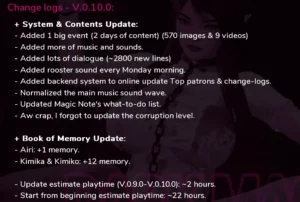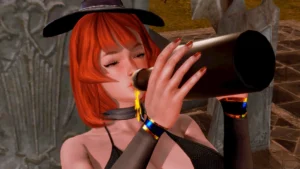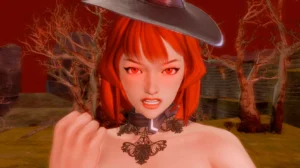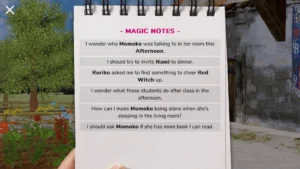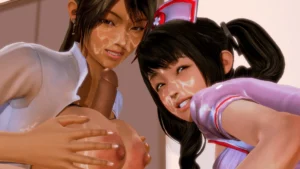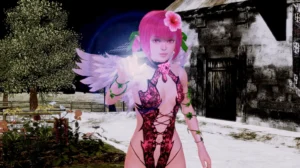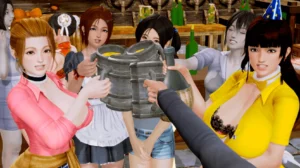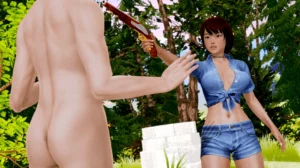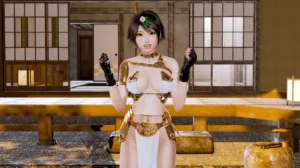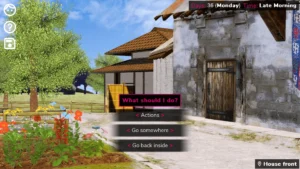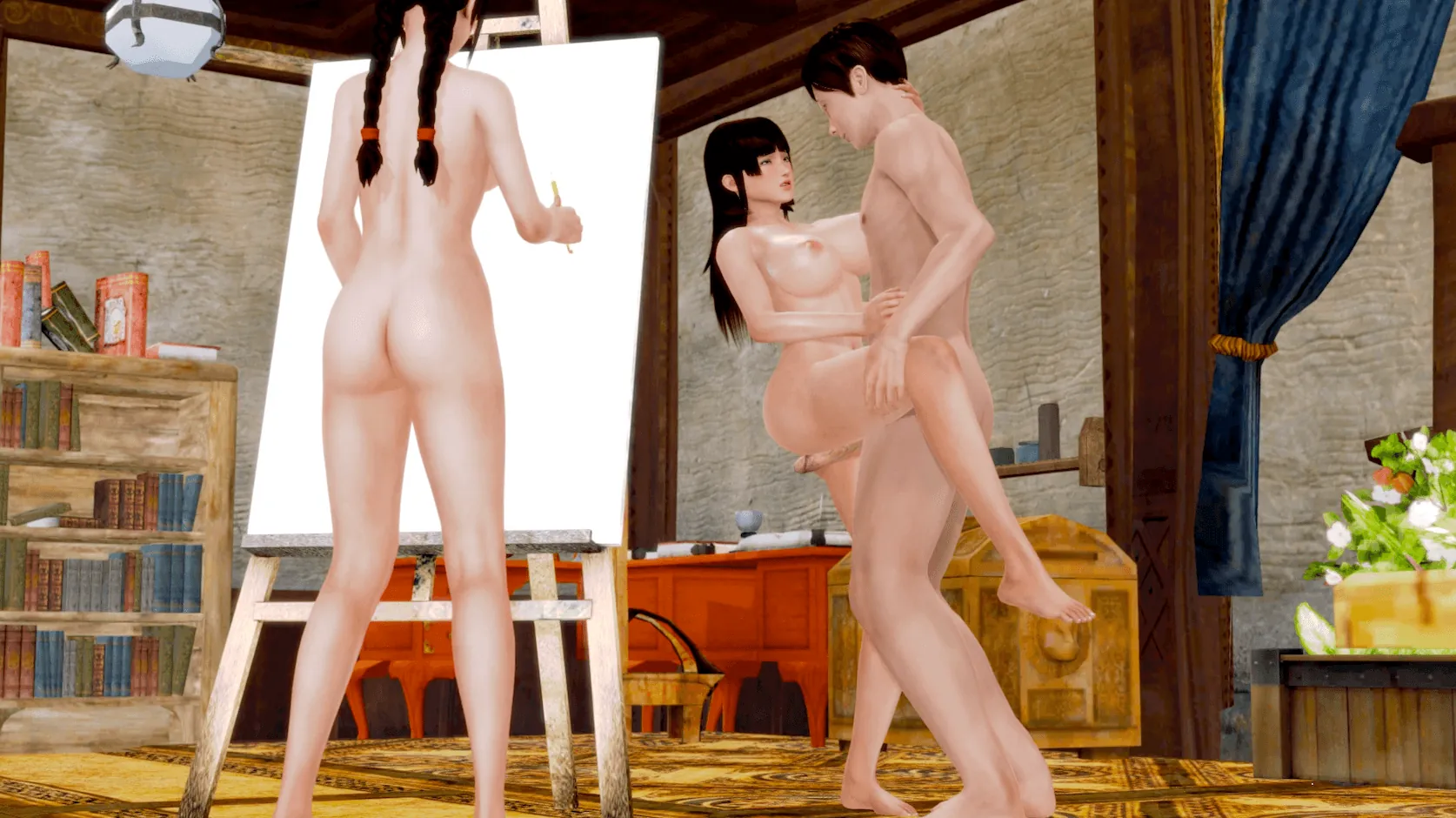
Dark Magic
Play Dark Magic
Dark Magic review
How a 2006 cult classic redefined physics-driven fantasy gameplay
While modern gamers chase photorealistic graphics, Dark Messiah of Might and Magic (2006) remains a masterclass in environmental combat design. This Arkane Studios gem transformed the Source Engine into a playground of creative violence, where every spike wall and oil barrel became strategic tools. Let’s analyze why its physics-driven gameplay still inspires titles like Dishonored today.
The Art of Creative Combat
The Art of Creative Combat
Picture this: You’re cornered in a crumbling tower, surrounded by snarling orcs. Instead of swinging your sword like a mindless meathead, you kick a loose barrel into a torch, igniting a chain reaction that sends three enemies plummeting through a rotten floor. 💥 That’s Dark Messiah of Might and Magic in a nutshell—a game that taught us combat isn’t just about stats, but about thinking like a chaotic genius.
Let’s dive into why this 2006 gem still feels fresher than most modern RPGs. Spoiler: It’s all about environmental combat systems, physics-driven RPG mechanics, and Dark Messiah class builds that let you break the game like a toddler with a hammer.
Environmental Mastery: From Kick Mechanics to Trap Design
🔥 The kick heard ’round the fantasy world
Forget fireballs—your boot is the ultimate weapon here. Dark Messiah’s physics-driven RPG mechanics turned every cliffside, spike pit, and dangling chandelier into a lethal playground. I once spent 20 minutes luring a troll into position just to drop a boulder on its head. Was it efficient? No. Satisfying? Absolutely.
The game’s environmental combat system rewards creativity:
– Kick enemies into fire/water/spikes (bonus points for style)
– Break ice sheets to drown armored foes
– Collapse scaffolding to crush groups
Pro Tip: Always scan for loose objects. That “harmless” oil barrel? It’s a dragon’s worst nightmare.
💡 Why traps matter
Most RPGs treat traps as annoying speedbumps. Here, they’re tools. My proudest moment? Redirecting a patrol into a hallway I’d rigged with explosive runes. The physics-driven interactions made every encounter feel like a twisted puzzle.
Class Builds That Defy RPG Conventions
🛡️ Warrior: More than a meat shield
Warriors aren’t just about brute strength. With skills like Adrenaline Rush (temporary invincibility) and Shield Bash (send enemies flying), you become a walking disaster. I once shield-charged a skeleton so hard it shattered into a chandelier. Poetry.
🔮 Mage: Chaos incarnate
Most RPG mages lob boring projectiles. Not here. Dark Messiah class builds let you freeze puddles to trip enemies, summon spiderlings to distract archers, or set your own sword on fire for extra damage. Pro tip: Combine Force Push with any cliff edge for instant victory.
🗡️ Assassin: The art of unfair fights
Why stab when you can stealth-kick someone off a roof? Assassins thrive on environmental combat systems, using smoke bombs to vanish and Climbing Gear to reach sniper perches. My record? Seven silent kills without ever drawing a blade.
| Class | Burst Damage | Sustainability | Environmental Use |
|---|---|---|---|
| Warrior | High | Medium | Moderate (kicks/charges) |
| Mage | Variable | Low | High (elemental traps) |
| Assassin | Extreme | Low | High (stealth + terrain) |
🌟 Mix, match, and break the game
The beauty of Dark Messiah class builds? No “wrong” way to play. My first run was a hybrid mage-assassin who used ice magic to create slippery death traps. Did it make sense? Not really. Did it work? Gloriously.
Why the Multiplayer Mode Deserved More Love
🎮 The forgotten gem
Dark Messiah’s multiplayer was like a drunk cousin at a family reunion—chaotic, underappreciated, and weirdly brilliant. The physics-driven RPG mechanics shined in modes like Crusade, where teams fought to control a moving battlefield. Ever seen six players get squashed by a falling siege engine? It’s art.
🔧 Modding potential: A love letter to creativity
Before Skyrim mods were cool, Dark Messiah’s community built wild multiplayer maps with custom traps and physics gimmicks. My favorite? A “bowling alley” where you kicked goblins into pins. The game’s engine was a sandbox waiting for mad scientists.
💔 What could’ve been
Despite its cult following, the multiplayer scene died fast. Had it launched today—with Discord and Twitch—it’d be a viral hit. Imagine streaming your friend’s humiliation after you drop a chandelier on their head. Chef’s kiss.
Legacy of a Cult Classic
Dark Messiah didn’t just use physics—it weaponized them. Its environmental combat system taught players to see levels as lethal toys, while its Dark Messiah class builds rejected rigid RPG tropes. Even today, no game lets you impale a zombie on a wall sconce quite as satisfyingly.
So next time you’re stuck in a generic fantasy RPG, ask yourself: “Where’s my boot?” 🥾 Because once you’ve kicked a dragon into lava, there’s no going back.
Though plagued by 2006-era technical limitations, Dark Messiah pioneered systemic gameplay that rewards experimentation. Its legacy lives on in games that prioritize player creativity over scripted sequences.

